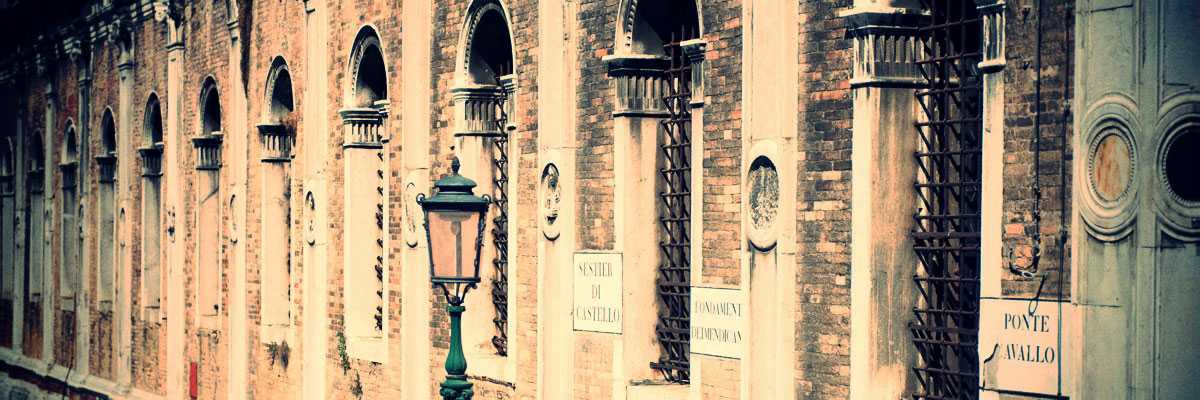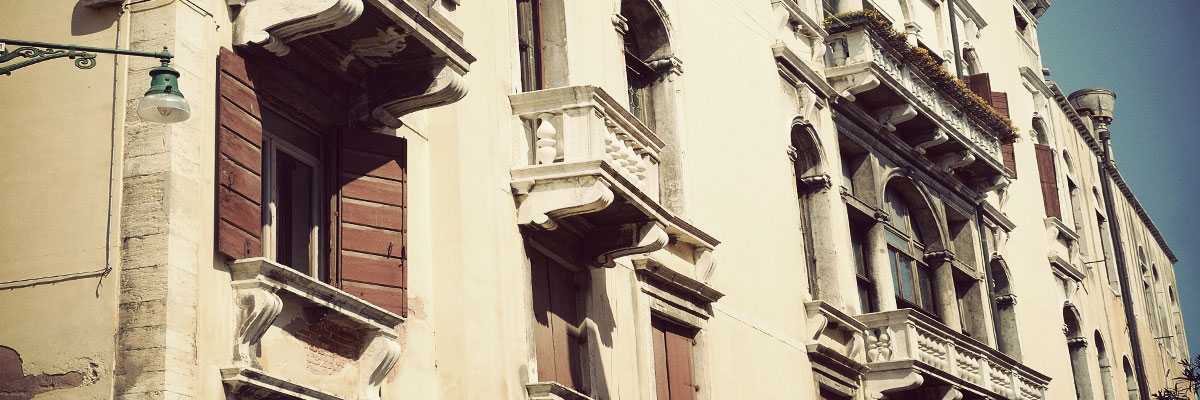The Royal Gardens of San Marco are of relatively recent origins, dating back to the 19th century, when Venice fell into the hands of the French with the Treaty of Campo Formio. There were numerous changes to San Marco area during the Napoleonic period, including the demolition of the church of San Geminiano, designed by famous architect Sansovino. This decision was made by Eugene Beauharnais, viceroy of Italy, who, despite already living in St Mark’s Square where the Procuratori worked during the Serenissima, was thrilled to expand his home and built the Napoleonic Wing on the ruins of th
Already subscribed? Login →
Continue reading:
7,99€ per month, or 59€ per year
Invest in culture, in beauty, in a better future.
You can unsubscribe whenever you want.
or




